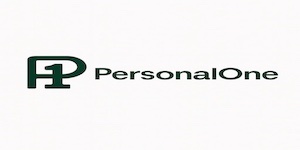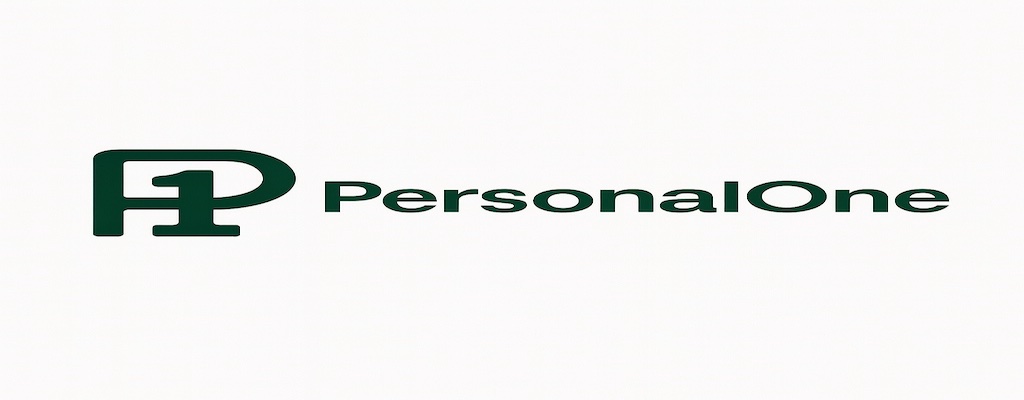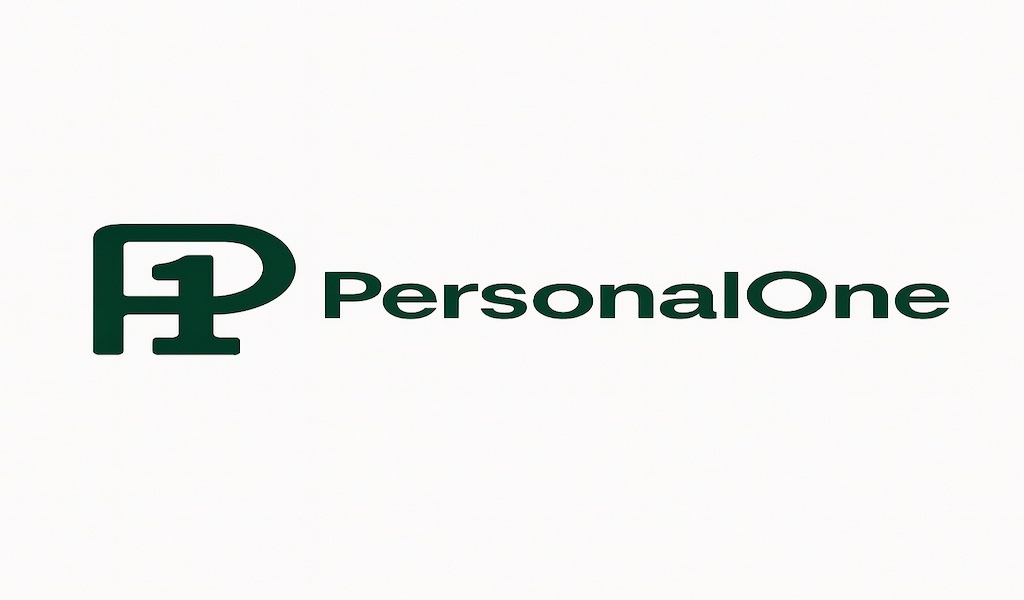Not all banks are created equal. The right savings bank should offer high interest rates, low or no fees, digital-friendly tools, and reliable customer support. Compare APYs, accessibility, FDIC/NCUA insurance, and account perks before you commit.
Why Choosing the Right Savings Bank Matters
Picking a savings bank isn’t just about stashing your money—it’s about growing it while keeping it safe. With inflation constantly shifting the value of a dollar, your choice of bank can either work with you or against you.
The truth? Many people stick with their childhood bank out of convenience, even when better options exist. In 2025, online banks, credit unions, and traditional institutions are battling for your deposits by offering competitive perks. That means you have leverage to choose wisely.
What to Look for in a Savings Bank
Interest Rates (APY)
Your interest rate—also called the Annual Percentage Yield (APY)—is the growth factor of your savings. Online-only banks usually offer higher APYs than traditional ones because they don’t have the overhead of physical branches.
Pro Tip: If your savings account earns less than 4% APY in 2025, you might be leaving money on the table.
Fees and Minimum Balances
Hidden fees can kill your growth. Look for banks with:
-
- No monthly maintenance fees
-
- No minimum balance requirements
-
- Free transfers
The fewer fees, the more money stays in your pocket.
Digital Access and Mobile Tools
Gen Z and Millennials want mobile-first banking. Make sure the bank’s app lets you:
-
- Deposit checks remotely
-
- Transfer funds easily
-
- Track savings goals
A clunky app is a red flag.
Insurance and Security
Never skip this step: confirm the bank is insured by FDIC (banks) or NCUA (credit unions). This protects deposits up to $250,000 per account holder.
Comparing Types of Savings Banks
Traditional Banks
-
- Pros: In-person support, full-service products (checking, loans, etc.)
-
- Cons: Usually lower APYs, higher fees
Online Banks
-
- Pros: Higher APYs, lower fees, digital-friendly
-
- Cons: No physical branches, limited face-to-face interaction
Credit Unions
-
- Pros: Community focus, competitive rates, customer-first approach
-
- Cons: Membership restrictions, sometimes weaker digital tools
2025 Showdown: High-Yield Savings Account Rate Comparison
| Bank / Institution | APY (as of Sept 8, 2025) | Key Features / Conditions |
|---|---|---|
| Varo Bank | 5.00% | No minimum deposit; requires direct deposit and checking account; top rate applies up to $5,000 Investopedia |
| AdelFi (Money Market) | 5.00% | $25 to open; credit union membership + statement of faith; top rate limited to first $5,000 Investopedia |
| Digital Federal Credit Union (DCU) | 5.50% (on first $1,000) | Tiny balance sweetener; rates apply only up to $1,000 The Wall Street Journal |
| Fitness Bank | 4.75% | $100 opening; must maintain $5,000 checking balance and hit 10,000 steps/day |
| Axos Bank | 4.46% | No minimum; some direct deposit or other qualifying activity may be required NerdWallet |
| Newtek Bank | 4.35% | No minimum; competitive—but slightly lower than front-runners Kplinger |
Quick Takeaways—AKA “Why These Rates Matter”
-
Traditional vs. modern hustle
Banks like Varo and AdelFi are all about that digital-first, get-your-money-growing ethos—no branches, less overhead, better APYs. -
Small-balance magic from DCU
That 5.50% on the first $1,000 is a slick trick if you’re building up or just testing the waters. -
Gamified saving with Fitness Bank
You actually have to move to earn—literally—with a 10k-step daily requirement. It’s savings meets FitBit goals. -
Axos & Newtek are chill middle-of-the-pack options—solid rates without access barriers.
-
Stay insured. All options are FDIC (or NCUA) insured—your hard-earned cash is safe up to $250K.
What to Consider Before Signing Up
-
Rate caps & tiers: Varo and AdelFi only offer their top rates on smaller balances (often up to $5,000). Rate beyond that? Drops to ~2.5% or lower Investopedia.
-
Requirements to unlock rates:
-
Varo needs direct deposit + checking.
-
AdelFi asks for membership via a statement of faith.
-
Fitness Bank requires both money and momentum (literally).
-
-
Accessibility & flexibility: Want instant access to funds? Avoid CDs and make sure there’s no early withdrawal penalty.
-
APY volatility: These rates can shift with Fed moves—so it’s wise to check periodically. Investopedia
Mistakes to Avoid When Choosing the Right Savings Bank
-
- Ignoring APY: Don’t settle for a 0.01% return.
-
- Overlooking Fees: Read the fine print—fees are often buried.
-
- Skipping Reviews: Customer service makes or breaks the experience.
FAQs
Q: Should I have more than one savings account?
Yes, many people use multiple banks to separate goals (e.g., emergency fund, vacation savings).
Q: Are online banks safe?
Yes—if FDIC-insured, they’re just as secure as traditional banks.
Q: Can I switch banks easily?
Yes. Most banks allow easy transfers, and switching is simpler than ever with digital tools.
Final Thoughts
Choosing the right savings bank is less about loyalty and more about strategy. In 2025, your options are wide open—so don’t settle. Whether you go with a high-yield online bank, a trusted credit union, or a traditional bank with perks, the goal is clear: keep your money safe, accessible, and growing.
Call to Action
👉 Looking to maximize your money? Explore our Banking section for guides on high-yield accounts, budgeting tools, and the latest digital banking trends.
Disclaimer
This article is for informational purposes only and should not be taken as financial advice. Always compare banks based on your personal financial goals before making a decision.




